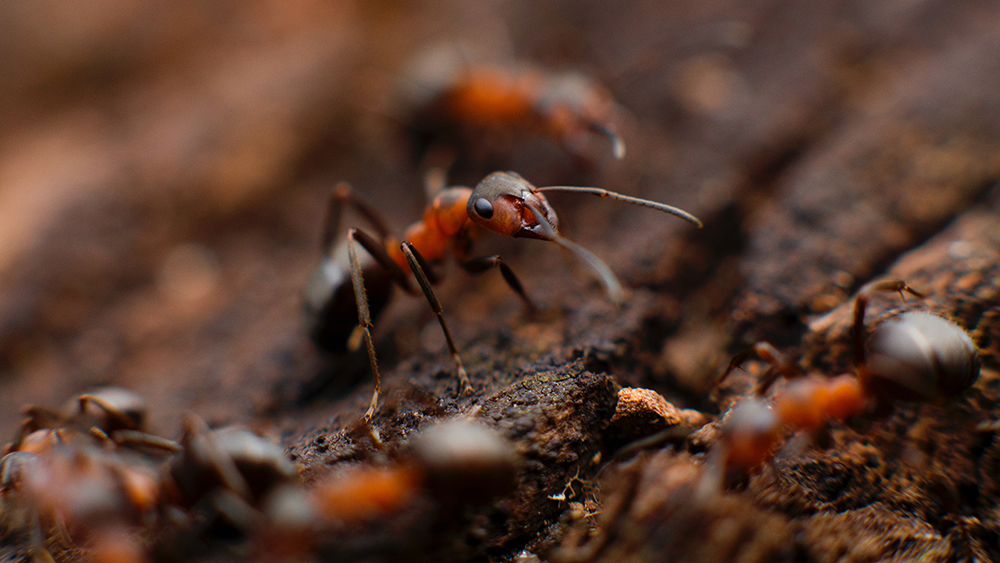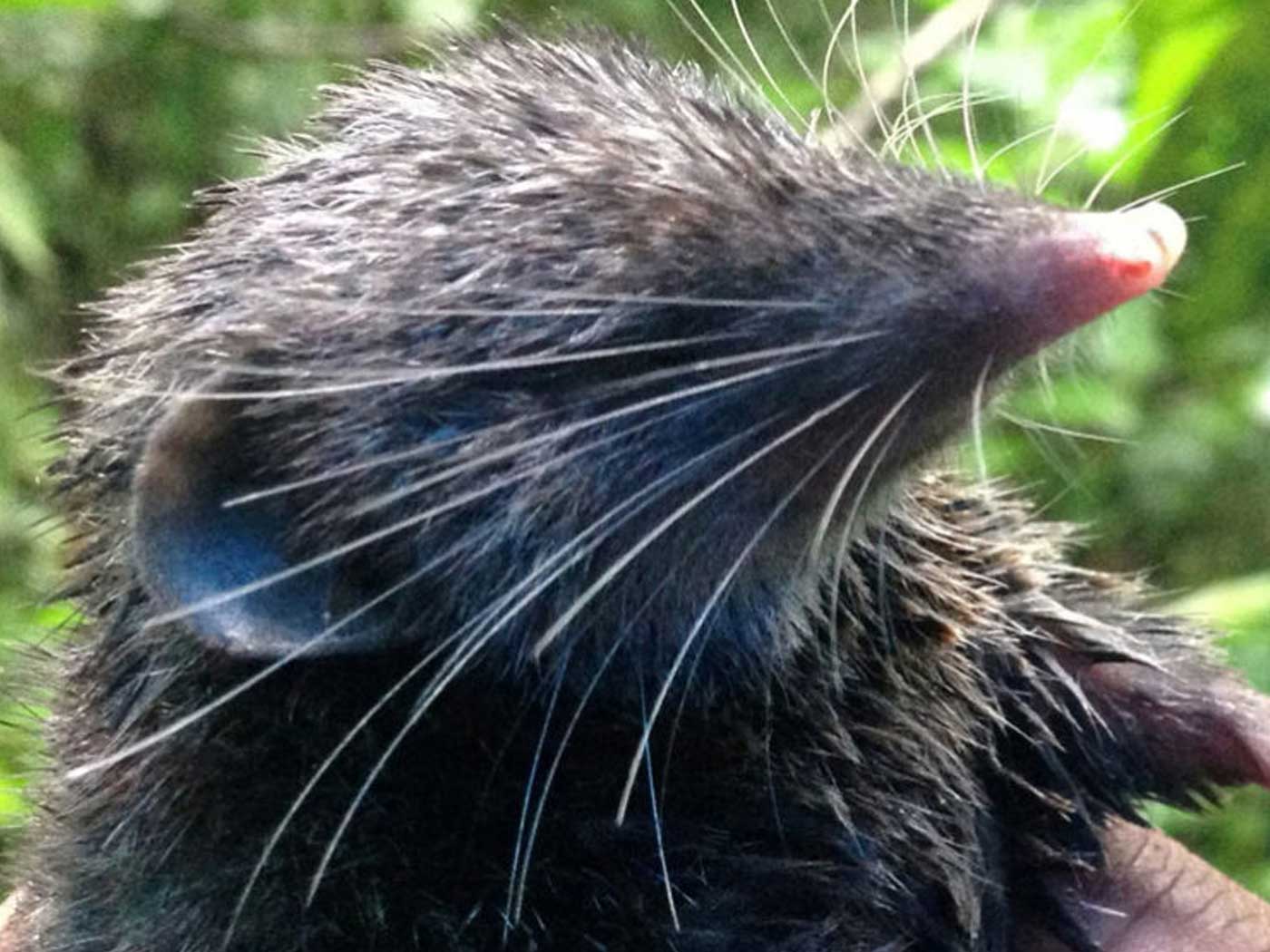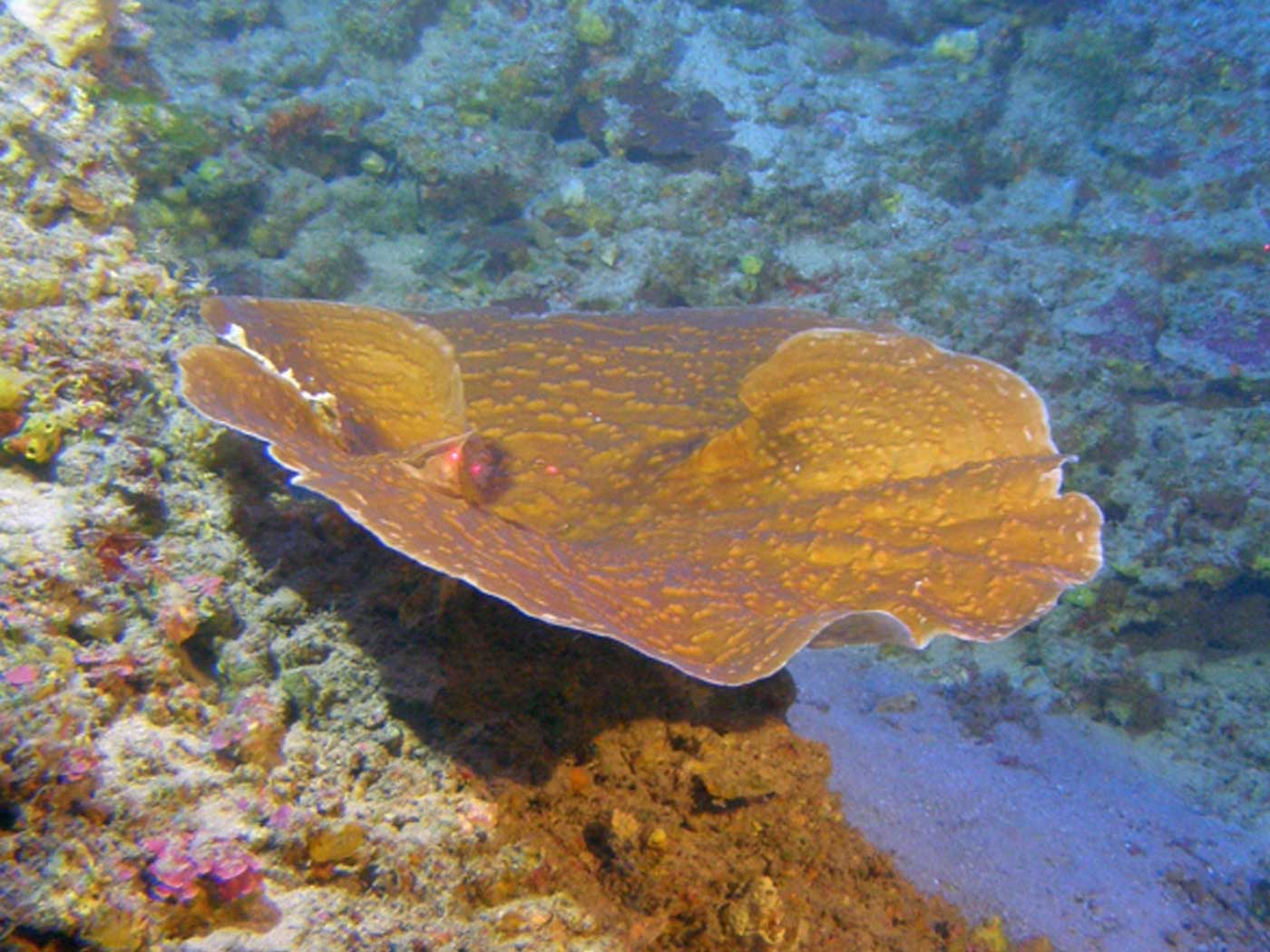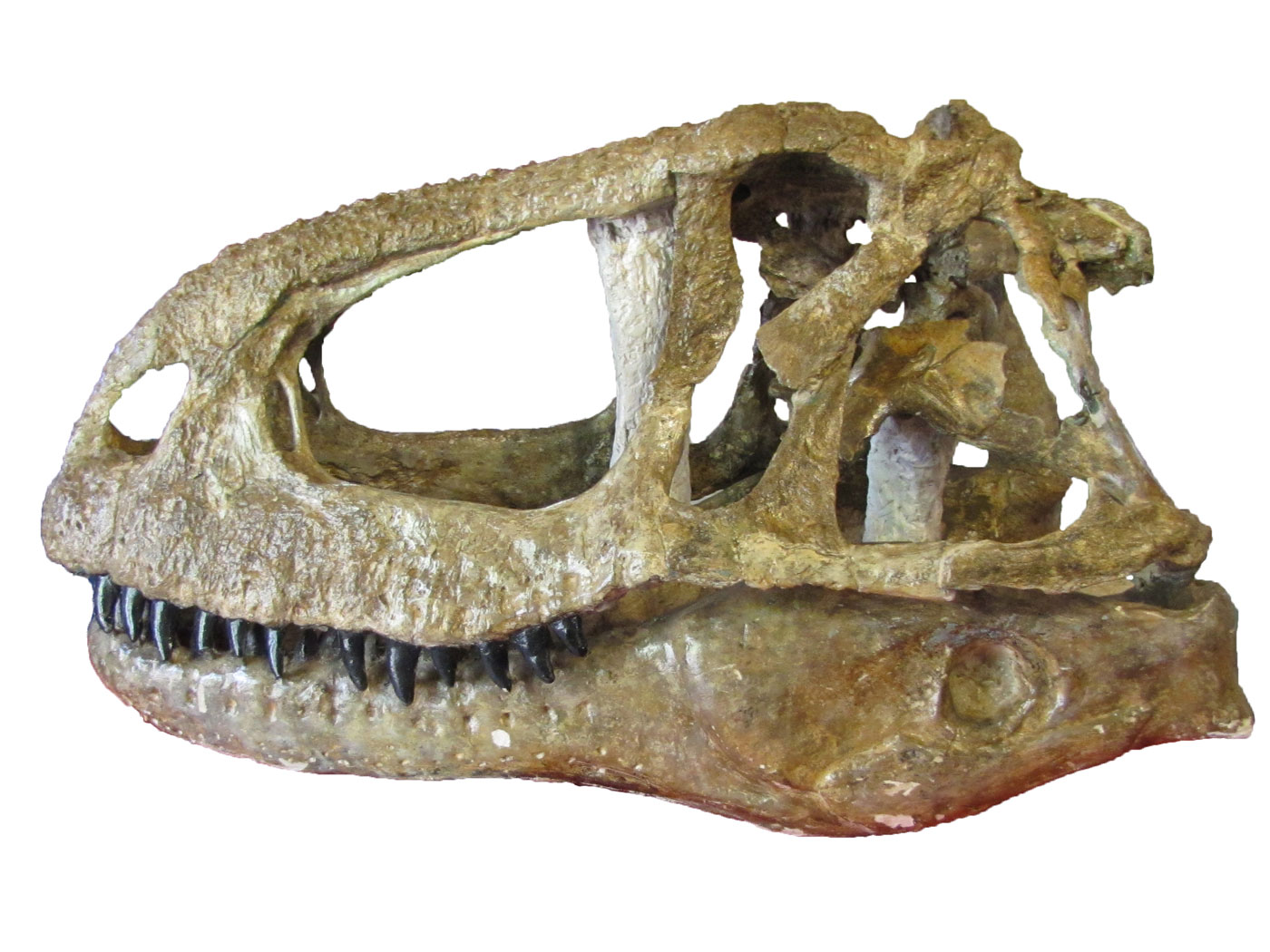Social animals, like ants, that function in big groups encounter the challenge of exploring their surroundings to look for food, water, resources, and even places to make a new nest. The problem with performing these search operations with such a large group of individuals, like an ant colony, is that a huge amount of time and effort would be wasted if the ants repeatedly kept exploring the same empty areas. Therefore, a system of keeping track of what the search teams have already explored to avoid revisiting unprofitable areas is a distinct advantage. In fact, this type of efficiency-driven behavior has been observed in insects and other creatures, but little is known about the details.
In this new research, an interdisciplinary group from the University of Bristol's Faculties of Engineering and Life Sciences, hypothesized that the efficient foraging activities of the rock ant utilized some form of chemical marking and communication. This would prevent the ants from exploring the same areas multiple times. The lead investigator Edmund Hunt said, "This would be a reversal of the Hansel and Gretel story—instead of following each other's trails, they would avoid them in order to explore collectively.”2
To test their theory, an experiment was set up where ants were allowed to explore an empty arena one by one. Under one condition, the researchers cleaned the space between each ant’s search so no chemical marker of the search path would be left. In a second condition, the search spaces between ants were left unaltered. The ants operating under the second condition with no cleaning made a considerably more efficient exploration of the area without repeating the efforts of previous ants, and thus covered more space.
In human-designed search algorithms, it is important to avoid searching space and data in a redundant fashion which, under very simple conditions, is fairly easy to program. However, many real-world science and engineering problems can be highly complex, and it is difficult to develop a neat mathematical solution. Thus, the computerized sampling of diverse, complex, and large data sets often involves methods to only obtain a good approximation for a search based on statistical probabilities. The general goal is to avoid sampling too much data from unimportant or low probability portions of the overall data landscape.
By observing the search process of ants, the researchers were inspired to improve their algorithms by adopting an ant-inspired system to speed up and optimize the process. Edmund Hunt said,
We predicted that we could simulate the approach adopted by the ants in the mathematical sampling problem, by leaving behind a 'negative trail' of where has already been sampled. We found that our ant-inspired sampling method was more efficient (faster) than a standard method which does not leave a memory of where has already been sampled.2
In fact, the ant behavior was so informative that Hunt also went on to say,
Our ant-inspired sampling method may be useful in many domains, such as computational biology, for speeding up the analysis of complex problems. By describing the ants' collective behavior in informational terms, it also allows us to quantify how helpful are different aspects of their behavior to their success. For example, how much better do they perform when their pheromones are not cleaned away. 2
This research immediately calls to mind a saying of Solomon in the book of Proverbs which states, “Go to the ant, you sluggard! Consider her ways and be wise, which, having no captain, overseer or ruler, provides her supplies in the summer, and gathers her food in the harvest.”3 Truly, the evidence of God’s design shines forth once again in His amazing creation. Even the seemingly lowly ant continues to amaze and reveal the creative genius of our mighty Creator.
References
1. Edmund R. Hunt et al. 2020. The Bayesian superorganism: externalized memories facilitate distributed sampling. Journal of the Royal Society Interface. DOI: 10.1098/rsif.2019.0848.
2. Staff Writer. An ant-inspired approach to mathematical sampling. PhysOrg. Posted on Phys.org June 19, 2020, accessed June 19, 2020.
3. Proverbs 6:6-8.
*Dr. Tomkins is Life Sciences Director at the Institute for Creation Research and earned his doctorate in genetics from Clemson University.










































